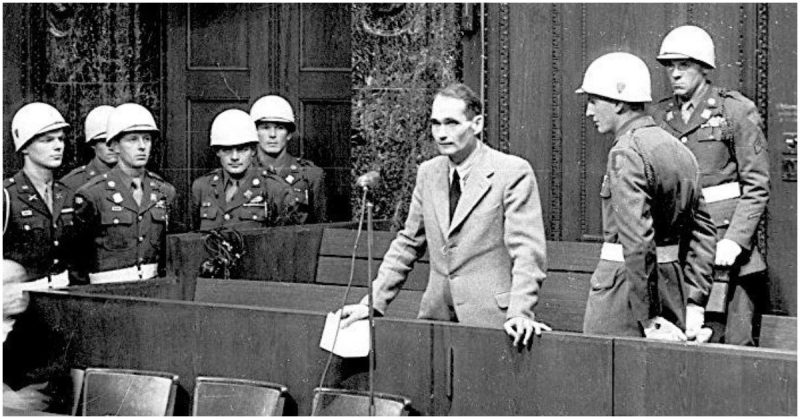Rudolf Walter Richard Hess was born on April 26, 1894, in Alexandria, Egypt to a wealthy family of Bavarian merchants. At 14, he was sent to a boarding school in Germany as it was expected he would take over the family business although he had no interest in doing so.
Hess excelled in maths and science and had other ideas about his future, but the outbreak of WWI in July 1914 changed everything.
Not waiting to be recruited, he enlisted in the 7th Bavarian Field Artillery Regiment and was sent to France to fight on the Somme. In November 1914 he was transferred to the 1st Infantry Regiment near Arras. There he earned the Iron Cross (second class) and was promoted to corporal in April 1915.
Later that year, Hess became a senior non-commissioned officer and received the Bavarian Military Merit Cross. He was injured during the Battle of Verdun in June 1916 when shrapnel hit him in the left hand and arm.
As platoon leader of the 10th Company of the 18th Bavarian Reserve Infantry Regiment in Romania, his left arm was again hit by a shell splinter in July 1917.
Then on August 8 a bullet entered his chest near his armpit and shot out his back. He received another promotion – Lieutenant of the Reserve. During his convalescence, he requested flight training and received it although he saw no further action as the war ended in November 1918.
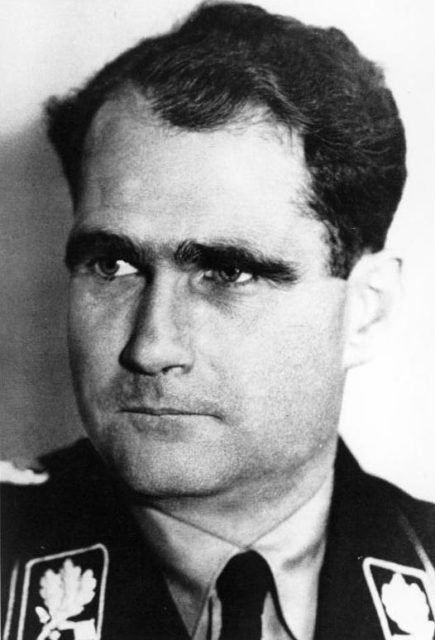
Germany had lost the war and was forced to pay hefty reparations. Also, his family became bankrupt when the victorious British seized their business in Egypt. Nor was Bavaria safe as street fights broke out between rival gangs who tried to take over the state. Disheartened, Hess joined the Thule Society and was involved in frequent brawls.
The Thule’s full name was “Study Group for Germanic Antiquity” – a secret occult fraternity that believed in a great, mythical German past. They were also anti-Semitic, anti-Communist, and anti-everyone-else-who-was-not-them. The Thules were among the first sponsors of the German Workers Party; precursor of the Nazis.
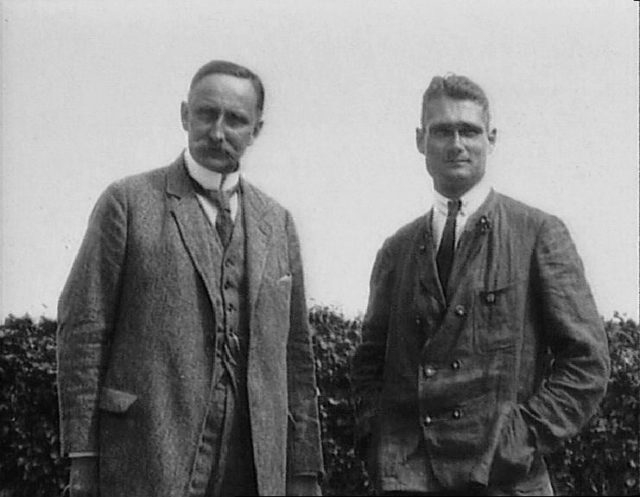
Hess also studied history and economics at the University of Munich where he met Professor Karl Haushofer. Haushofer was a geopolitics teacher who believed in the idea of Lebensraum (living space) – the idea that Germany had to invade Eastern Europe to acquire territory.
In 1920 Hess attended a rally where he heard a charismatic man speak about how Germany had been stabbed in the back. He stated it was the only explanation as to why Germany had lost WWI. Who had done the stabbing? Jews and communists. The speaker also vowed to rid Germany of the Versailles Treaty which forced it to pay painful reparations.
That man was Adolph Hitler, of course. From that moment on they became life-long friends. Hess went to jail with Hitler when they tried to take over the government in a coup in November 1923. It was Hess who explained Lebensraum to Hitler and helped him to write his autobiography, Mein Kampf (My Struggle).
By 1933, Hess was the third most powerful man in Germany. In 1935 he helped usher in the Nuremberg Laws which stripped Jews of their citizenship and began the countdown to the Holocaust. When later asked if he was responsible for the deaths of 1.5 million Jews in camps, he claimed the figure was closer to 2,345,000.
What he did next still boggles historians today. Although he remained close to Hitler, some have suggested he was being sidelined by other, more ambitious Nazis. Others claim that it was his devotion to Hitler that forced his hand. Whatever the case, Hitler had begun massing troops on the Russian border in late February 1941.
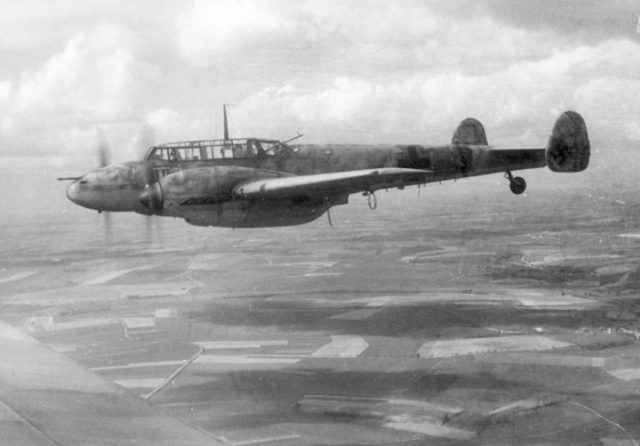
On May 10, Hess hopped aboard a Messerschmitt Bf 110 two-seater twin-engine plane at the Augsburg-Haunstetten airfield in Bavaria. He took off at 5:45 PM, and using maps and landmarks on the ground, made his way to Britain. On reaching there, he flew low to avoid British radar and the Royal Air Force (RAF).
The British detected the plane at around 10:08 PM near Newcastle upon Tyne. The RAF were dispatched to intercept the aircraft but could not find him.
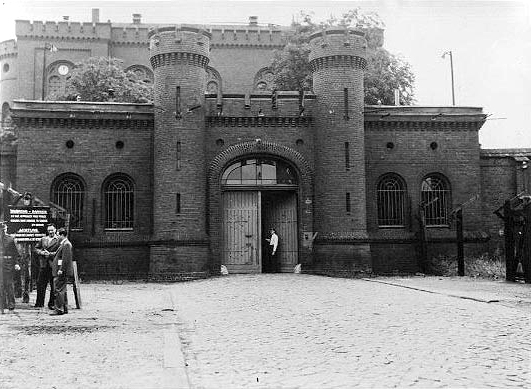
Hess was headed to Dungavel House in Scotland; the home of the Duke of Hamilton. The man he wanted to talk to was Air Commodore Douglas Douglas-Hamilton whom Hess believed could get him an audience with Churchill. He hoped to either keep Britain out of the war or to make an alliance against the Soviets.
When his plane ran out of fuel, he was forced to parachute out over Floors Farm, south of Glasgow. He was found by David McLean, a Scottish farmer and introduced himself as Captain Alfred Horn. He was invited in for a cup of tea while the farmer called the authorities.
Taken to the Maryhill Barracks in Glasgow, Hess finally confessed his true identity and got his audience with Churchill. He revealed Hitler’s plans to invade the Soviet Union and his proposal for peace with Britain. Although he claimed to be there with Hitler’s approval, the latter disavowed him over the radio on May 13.
Hess spent the remainder of the war in a British POW camp. During the Nuremberg Trials, he was convicted of crimes against peace, war crimes, crimes against humanity and sentenced to life in Spandau Prison, Berlin where he committed suicide in 1987 at the age of 93.
There are those who suggest, however, that it was no suicide. Among them was Hess’ British doctor who claimed his patient was murdered by two agents wishing to protect Britain’s secrets.
